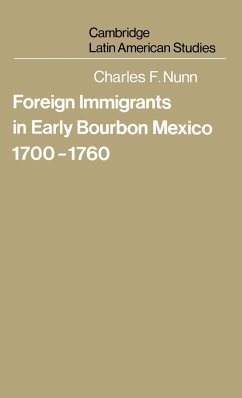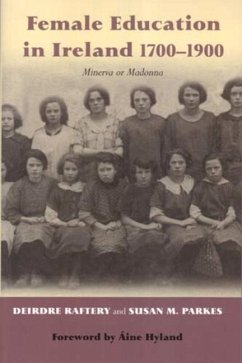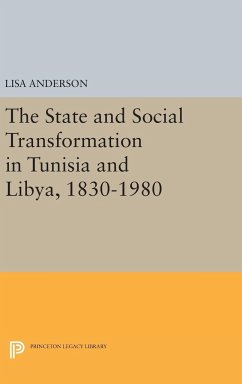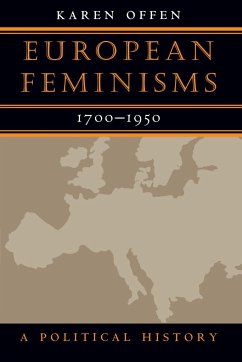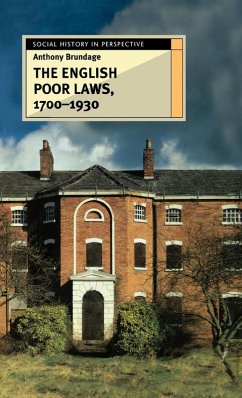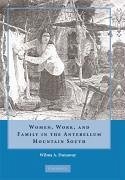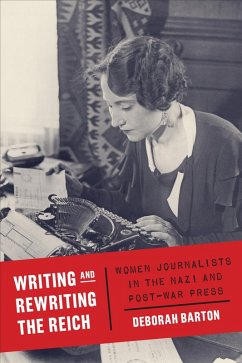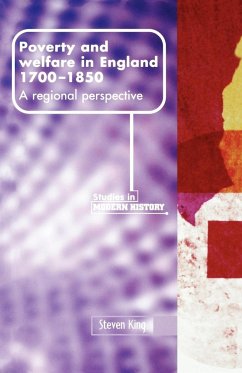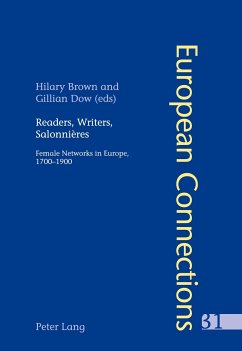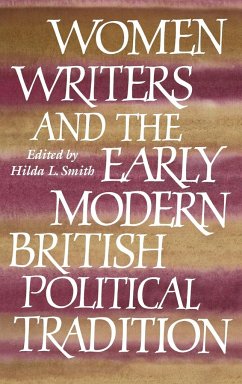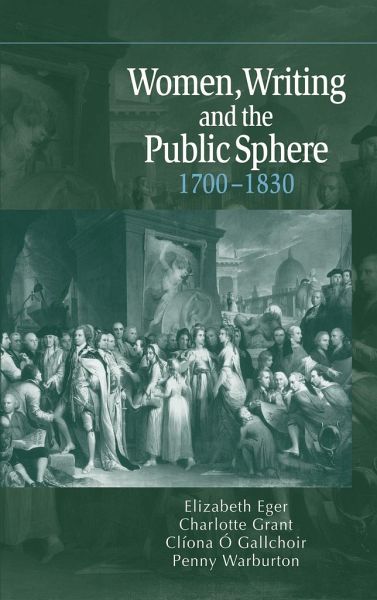
Women, Writing and the Public Sphere, 1700 1830

PAYBACK Punkte
55 °P sammeln!
In this interdisciplinary volume, an international team of specialists examine the dynamic relation between women and the public sphere between 1700 and 1830. Drawing on literary and visual evidence, contributors highlight the range and diversity of women's cultural activity during the period, from historiography, publishing and translation to philosophical and political writing. Women, Writing and the Public Sphere examines the history of the public spaces women occupied, raising questions of scandal and display, improvement, virtue and morality in the context of the production and consumptio...
In this interdisciplinary volume, an international team of specialists examine the dynamic relation between women and the public sphere between 1700 and 1830. Drawing on literary and visual evidence, contributors highlight the range and diversity of women's cultural activity during the period, from historiography, publishing and translation to philosophical and political writing. Women, Writing and the Public Sphere examines the history of the public spaces women occupied, raising questions of scandal and display, improvement, virtue and morality in the context of the production and consumption of culture by women in eighteenth-century England. The contribution of educated women to the British Enlightenment and the role of translation and exchange between European intellectual movements in shaping ideas of nationhood is also addressed. This book offers a comprehensive account of women's philosophical and political reflections on the nature of their place in the public sphere.
Table of contents:
Preface and acknowledgements; Illustrations; Contributors; Introduction Elizabeth Eger, Charlotte Grant, Cliona O'Gallchoir and Penny Warbuton; Part I. Women in the Public Eye: 1. The coffee-women, The Spectator and the public sphere in the early eighteenth century Markman Ellis; 2. Misses, murderesses and Magdalens: women in the public eye Caroline Gonda; Part II. Consuming Arts: 3. The choice of Hercules: the polite arts and 'female excellence' in eighteenth-century London Charlotte Grant; 4. Representing culture: the nine living muses of Great Britain (1779) Elizabeth Eger; 5. 'A moral purchase': femininity, commerce and abolition, 1788-1792 Kate Davies; Part III. Learned Ladies: From Bluestocking to Cosmopolitan Intellectuals: 6. Bluestocking feminism Gary Kelly; 7. Catharine Macaulay: history, republicanism and the public sphere Sue Wiseman; 8. Gender, nation and revolution: Maria Edgeworth and Stéphanie-Félicité de Genlis Cliona O'Gallchoir; 9. 'Salons, Alps and Cordilleras': Helen Maria Williams, Alex von Humboldt and the discourse of romantic travel Nigel Leask; Part IV. The Female Subject: 10. The most public sphere of all: the family Sylvana Tomaselli; 11. Theorising public opinion: Elizabeth Hamilton's model of self, sympathy and the social Penny Warburton; 12. Intimate connections: scandalous memoirs and epistolary indiscretion Mary Jacobus; Bibliography.
In this book, an international team of specialists examine the dynamic relation between women and the public sphere between 1700 and 1830. Drawing on literary and visual evidence, contributors highlight the range of women's cultural activity during the period, from historiography, publishing and translation to philosophical and political writing.
An international team of specialists examine the dynamic relation between women and the public sphere.
Table of contents:
Preface and acknowledgements; Illustrations; Contributors; Introduction Elizabeth Eger, Charlotte Grant, Cliona O'Gallchoir and Penny Warbuton; Part I. Women in the Public Eye: 1. The coffee-women, The Spectator and the public sphere in the early eighteenth century Markman Ellis; 2. Misses, murderesses and Magdalens: women in the public eye Caroline Gonda; Part II. Consuming Arts: 3. The choice of Hercules: the polite arts and 'female excellence' in eighteenth-century London Charlotte Grant; 4. Representing culture: the nine living muses of Great Britain (1779) Elizabeth Eger; 5. 'A moral purchase': femininity, commerce and abolition, 1788-1792 Kate Davies; Part III. Learned Ladies: From Bluestocking to Cosmopolitan Intellectuals: 6. Bluestocking feminism Gary Kelly; 7. Catharine Macaulay: history, republicanism and the public sphere Sue Wiseman; 8. Gender, nation and revolution: Maria Edgeworth and Stéphanie-Félicité de Genlis Cliona O'Gallchoir; 9. 'Salons, Alps and Cordilleras': Helen Maria Williams, Alex von Humboldt and the discourse of romantic travel Nigel Leask; Part IV. The Female Subject: 10. The most public sphere of all: the family Sylvana Tomaselli; 11. Theorising public opinion: Elizabeth Hamilton's model of self, sympathy and the social Penny Warburton; 12. Intimate connections: scandalous memoirs and epistolary indiscretion Mary Jacobus; Bibliography.
In this book, an international team of specialists examine the dynamic relation between women and the public sphere between 1700 and 1830. Drawing on literary and visual evidence, contributors highlight the range of women's cultural activity during the period, from historiography, publishing and translation to philosophical and political writing.
An international team of specialists examine the dynamic relation between women and the public sphere.





